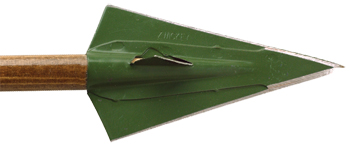Asterisk
 Troubadour
Troubadour
The protagonist in my WIP is shot in her shoulder by an arrow. I was writing the scene with great confidence when I realized I have no idea what her "sidekick" should do to remove the arrow. They don't have a lot of time. He already has a special drugs that will numb her. So with that said...
- How will he remove the arrow?
- How long would it take?
- How would he take care of the wound?
(Bonus Question How long would it take for the wound to heal?
How long would it take for the wound to heal?
All answers greatly appreciated. Thank you!
- How will he remove the arrow?
- How long would it take?
- How would he take care of the wound?
(Bonus Question
All answers greatly appreciated. Thank you!

 Myth Weaver
Myth Weaver
 Maester
Maester Auror
Auror


